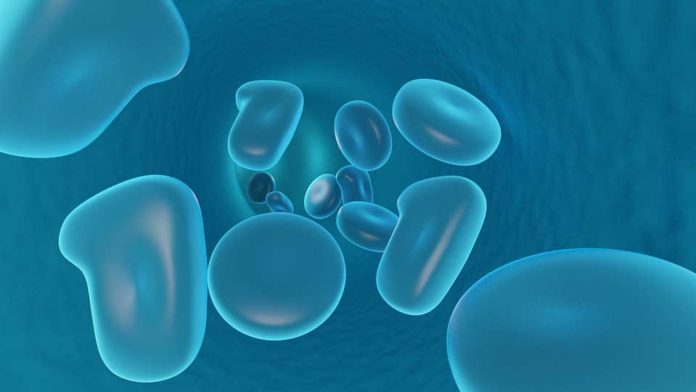A team of scientists at the Ben-Gurion University of the Negev has demonstrated a new method to target specific proteins, protein family and especially protein-to-protein interactions. Their method is expected to prevent various diseases particularly cancers.
Scientists primarily mapped out all of these proteins and identify how they reacted with one another and how they reacted to specific drugs. They focused on neurodegenerative and bone diseases.
After that by using a combination of chemical screening methods, based on specific recognition of various target proteins, and computational sequencing analysis, scientists managed to name the different proteins and distinguish what drugs they interfaced with, and in addition what areas of the proteins best associated with those medications.
Dr. Niv Papo of the BGU Department of Biotechnology Engineering and the National Institute for Biotechnology in the Negev said, “Some protein families that sit on the surfaces of cells or that are secreted from cells all look alike, even if they have different functions. Some promote cancer, while others could suppress it. The latter may also be essential to normal physiology.”
“We want to make sure drugs that are being developed target the bad proteins, and not the good ones. That is very difficult to do. It is difficult to make drugs differentiate between the different targets.”
“The method allows you to identify hot spots and cold spots when developing new drugs to specific targets. Our research for the first time has been able to solve the challenge of knowing what drugs will attack which specific targets, distinguishing between desired targets and off-targets.”
“The research has provided an “unprecedentedly rich analysis of the binding specificity landscape of proteins in a rapid, cost-effective process.”
“This new approach will increase the understanding of the mechanisms and evolutionary origins of specific protein-protein interactions. It will also help design specific drug inhibitors that can discriminate between structurally similar protein targets.”
The paper is published in the journal Nature Communications.
